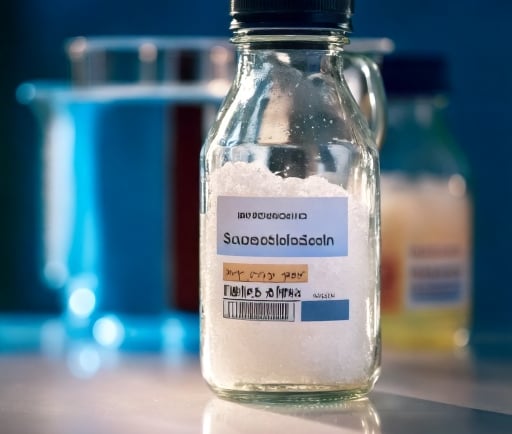The Iodine-Starch Complex and the Sodium Thiosulphate Chemical Reaction


Introduction to the Iodine-Starch Complex
The iodine-starch complex is a well-known chemical interaction that has significant applications in various fields, including analytical chemistry, food science, and biochemistry. This complex forms when iodine, in its molecular form, interacts with starch, leading to a distinctive blue-black coloration. This reaction can be utilized to indicate the presence of starch in a solution, making it an essential tool in titrations and other analytical procedures.
The Mechanism of the Iodine-Starch Interaction
The formation of the iodine-starch complex involves the interaction of iodine molecules with the helical structure of amylose, which is a component of starch. In this process, iodine molecules penetrate the structure of amylose, creating a polyiodide complex that results in the characteristic blue-black color. Understanding this interaction adds depth to our knowledge of carbohydrate chemistry and allows for improved techniques in quantifying starch concentrations in various samples.
Role of Sodium Thiosulphate in the Reaction
Sodium thiosulphate (Na2S2O3) is commonly used as a reducing agent in various chemical reactions, particularly when investigating the iodine-starch complex. In a typical reaction, when iodine is present, it can be reduced by sodium thiosulphate. The reaction proceeds as follows: sodium thiosulphate donates electrons, thereby reducing iodine back to iodide ions, which changes the color from blue-black to colorless. This reduction process not only helps to elucidate the dynamics of the iodine-starch reaction but also serves as a titration method known as the iodine-thiosulphate titration, widely employed in laboratory settings to determine the concentration of starch.
During a titration experiment, the endpoint can be indicated by the disappearance of the deep blue-black color, signaling that all the iodine has been reduced by sodium thiosulphate. This transformation is significant because it illustrates the efficient use of sodium thiosulphate as an analytical reagent, thus further emphasizing its importance in chemical investigations.
Applications and Conclusion
The iodine-starch complex and the simultaneous use of sodium thiosulphate have broad applications, particularly in educational settings for teaching chemical principles. In addition, the method is valuable in industrial applications, such as determining starch content in food products and its role in various biochemical assays. Understanding these concepts not only fosters a deeper appreciation for essential chemical principles but also highlights the interconnected nature of different chemical reactions.
In conclusion, the study of the iodine-starch complex and its interaction with sodium thiosulphate showcases a vivid example of chemical dynamics. The interplay of these substances facilitates a range of applications, from simple laboratory experiments to critical industrial processes, reinforcing the importance of these reactions in both theoretical and practical chemistry.
